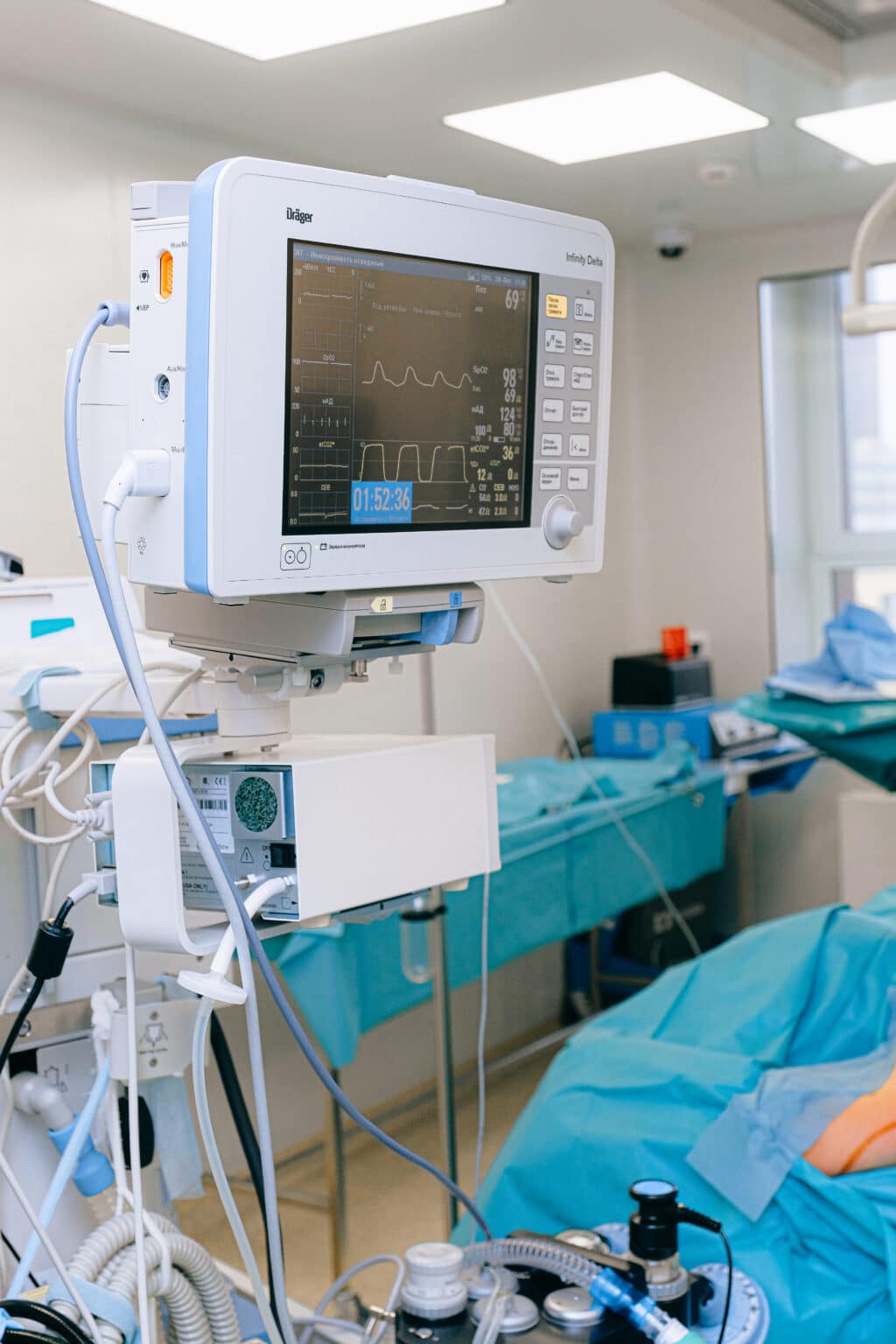The landscape of medical devices is continuously evolving, and the regulatory framework must adapt to ensure safety and efficiency. The Malaysia Device Classification System is an intricate but essential part of this process.
Governed by Malaysia’s Medical Device Authority (MDA), this system plays a crucial role in maintaining quality control and public health.
The classification system is the cornerstone of Malaysia device registration, ensuring that all devices meet the required safety standards. The understanding of this system is paramount for international medical device companies looking to venture into the thriving Malaysian healthcare market.
IMAGE: PEXELS
Device Classes In Malaysia
In this section, we delve into the classification of medical devices in Malaysia, ranging from low-risk Class A to high-risk Class D. Each category reflects distinct criteria and approval processes.
- Class A – Devices in Class A are considered low risk and are generally non-invasive. The criteria for Class A include devices that have no contact with the body or only come in contact with skin. Examples of Class A devices include hospital beds, bandages, and medical furniture. The Malaysia device approval for Class A devices is more straightforward due to the lower associated risks.
- Class B – Transitioning to Class B, the risk becomes low to moderate. Devices in this category are usually invasive but only transiently. Criteria include devices that may diagnose, monitor, or alleviate a disease but don’t significantly affect the body’s operation. Common examples include hypodermic needles, suction equipment, and dental fillings. The device registration in Malaysia for Class B devices involves a more detailed examination than Class A.
- Class C – Class C devices are labeled as moderate to high risk, often with prolonged invasive use in the human body. The criteria for Class C devices include surgical instruments, infusion pumps, and devices used for life support. These devices usually play a critical role in sustaining life or preventing a significant impairment of human life or health. The process for device approval in Malaysia for Class C requires a thorough review, reflecting the potential risks.
- Class D – Class D represents high-risk devices that are life-supporting, life-sustaining, or implantable. Artificial hearts, stents, and other implantable devices are typical examples. The stringent criteria and exhaustive review process make Class D the most closely monitored of all device categories. Each device requires careful scrutiny, with an emphasis on long-term safety and effectiveness.
Factors For Classification
When the Medical Device Authority (MDA) assesses a medical device, its evaluation extends beyond just the device’s intended purpose. The classification procedure is intricate and takes into account various crucial factors.
Alongside the device’s intended use, the MDA also considers the duration of contact the device has with the human body and the level of invasiveness it entails.
This comprehensive evaluation transforms the approval process into a multidimensional analysis, providing a thorough understanding of the device’s potential effects on the human body.
To delve deeper into the factors that influence the classification and approval process, the following key points should be considered.
- Intended Use – The primary purpose and function of the medical device as specified by the manufacturer.
- Duration of Contact – How long the device remains in contact with the body, which can range from temporary to long-term exposure.
- Invasiveness – The extent to which the device penetrates or interacts with the body’s tissues or fluids.
- Patient Risk – Evaluation of potential adverse effects or risks posed to the patient’s health by using the device.
- Mechanism of Action – Understanding how the device achieves its intended purpose and the biological processes it involves.
- Combination Products – If the device combines multiple medical technologies, their individual and collective impacts are considered.
- Materials Used – Analysis of the materials’ biocompatibility and potential for causing allergies or sensitivities.
Comprehending and addressing these factors is crucial for any medical device company seeking successful registration of their products in Malaysia.
Implications For Companies
Navigating through the Malaysian regulatory framework is an intricate task. International pharmaceutical companies must consider registration requirements that are aligned with each class of device. From Class A to D, the compliance standards escalate, reflecting the increasing levels of associated risk. Market access timelines vary accordingly, and unexpected delays can occur.
Challenges and pitfalls are not uncommon, and understanding the local regulatory landscape is essential. A misstep in the classification or misunderstanding the requirements could lead to significant delays in Malaysia device registration. This makes the process more complicated and often requires professional guidance to navigate.
Advice For Documentation
Preparing thorough and compliant documentation for the MDA is a critical step in device approval in Malaysia. It’s not merely a bureaucratic requirement but a well-designed process to ensure that medical devices meet the necessary safety standards.
Understanding the local regulations and aligning the documentation accordingly is essential. Often, consulting with a regulatory affairs expert in Malaysia can be the difference between a smooth registration process and a prolonged, challenging ordeal.
Tailoring the documents to the specific classification and anticipating the MDA’s requirements can save time and resources.
The Malaysian market, with its growing healthcare needs, offers significant opportunities for international medical device companies. However, the path to success requires diligence, strategic preparation, and a comprehensive understanding of the Malaysia Device Classification System.
With proper guidance and awareness of the classification system, companies can effectively bring their products to market. It’s not merely about compliance but embracing the standards that ensure the safety and well-being of the people who will use these medical devices.
A thorough understanding, combined with professional assistance when needed, can make the complex process of classification and registration manageable and successful. The investment in understanding and aligning with the local regulations will pay dividends in accessing this vibrant and expanding market.
IMAGE: PEXELS
If you are interested in even more technology-related articles and information from us here at Bit Rebels, then we have a lot to choose from.


COMMENTS